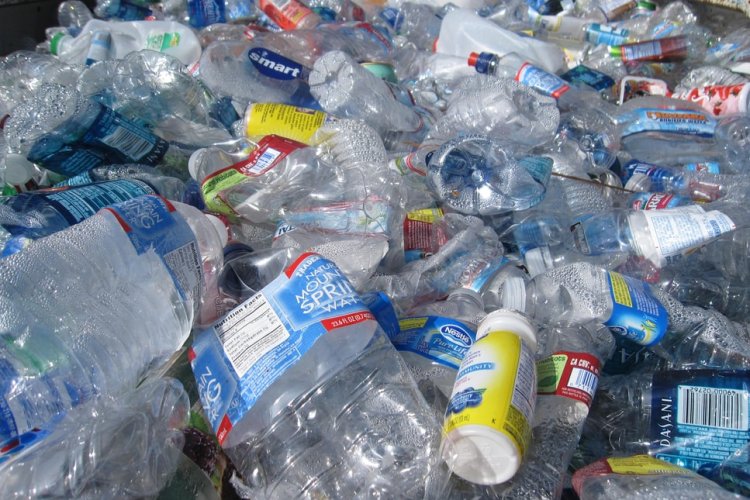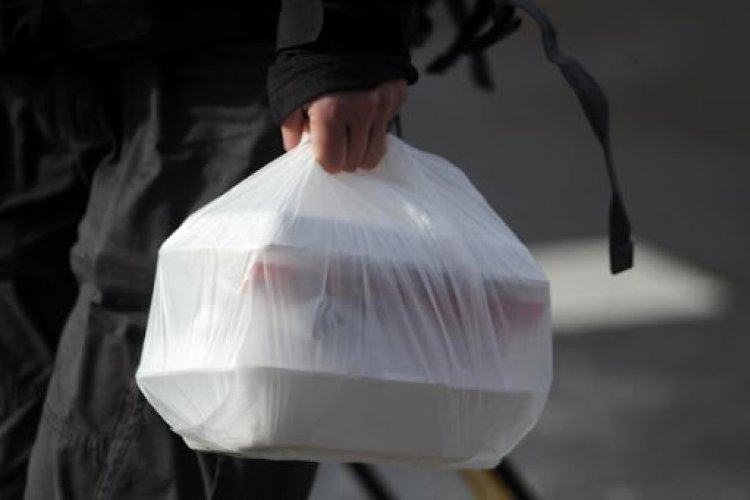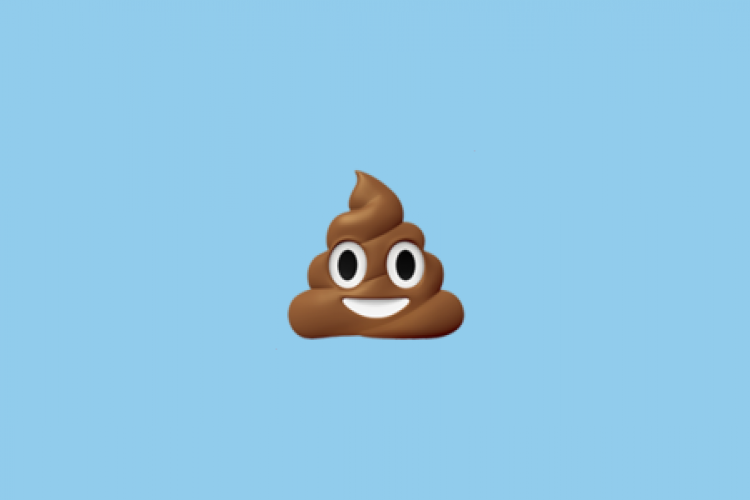Plastic Straw Ban: Good for Turtles, Bad for Milk Tea
It's been a little more than three months since Beijing's new plastic ban was officially implemented, and while most of the capital's tea shops have replaced plastic straws with paper ones, which – yay for the environment! – the move has been met with vehement opposition from consumers. In fact, on social media, the complaints about paper straws have gradually overshadowed the discussion of environmental protection.
As one netizen wrote, “The straw just rots in the cup,” while another complained, “Drinking with a paper straw is like eating a toilet paper roll.” One particularly peeved user threw in the towel completely, flatly stating, “The new straws have successfully made me quit drinking milk tea.”
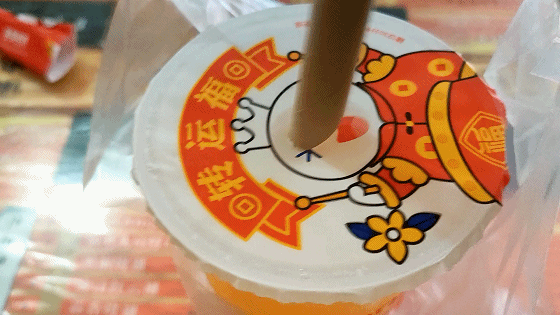
Paper straws are a simple product, made by rolling paper into a tube. Although it feels hard, it’s still softer than plastic, making it difficult to poke through the plastic cover on top of the cup.

Some people have even found that paper straws tend to have a weird taste. Fun fact: that taste is caused by pulp, similar to that used in publishing. No wonder it feels like chewing on a textbook!
When enjoying drinks, especially hot drinks, the paper straws will soften and even disintegrate in the cup. “The pleasure of a cup of milk tea used to last for two hours, but now I have to finish drinking it within half an hour, otherwise the straw will rot in my mouth.” said one milk tea lover.
But wait... are paper straws really that environmentally friendly in the first place?
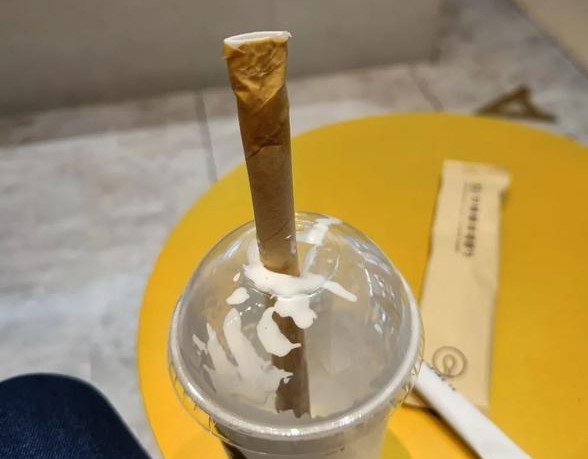
The degradation cycle of plastic can last hundreds of years, and it only takes three to four months for paper to decompose in a natural environment. However, paper straws are made by felling trees, and after use, cannot be recycled or used again, meaning they also end up in landfills and incinerators. As a result, these straws are not 100 percent environmentally-friendly.
So, what about other materials? There are also many merchants choosing bio-degradable PLA straws. They can complete the degradation process in as little as 90 days, and the experience of use is not much different from that of plastic straws. However, the cost of PLA straws is about twice that of paper straws, and the supply of raw materials is limited, making it difficult to promote their use on a large scale.
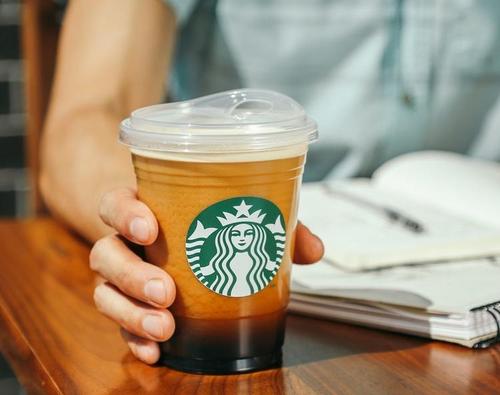
There are also some stores that take a different approach. For example, McDonald’s and Starbucks choose to use direct drinking cup lids, simply eliminating the need for a straw altogether.
Moreover, some consumers choose to buy stainless steel straws, which can be reused. After all, the core of the use of plastic products is “disposable,” and the “plastic ban” aims to reduce the use of disposable products.
This blog originally appeared on our sister site, Jingkids International.
READ: Beicology: What's in a Beijing Sandstorm?
Photo: Pexels, Baidu Image, NetEase News, China Youth Daily


